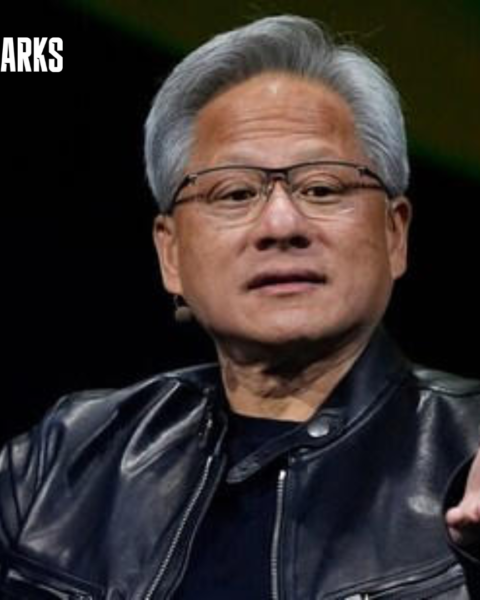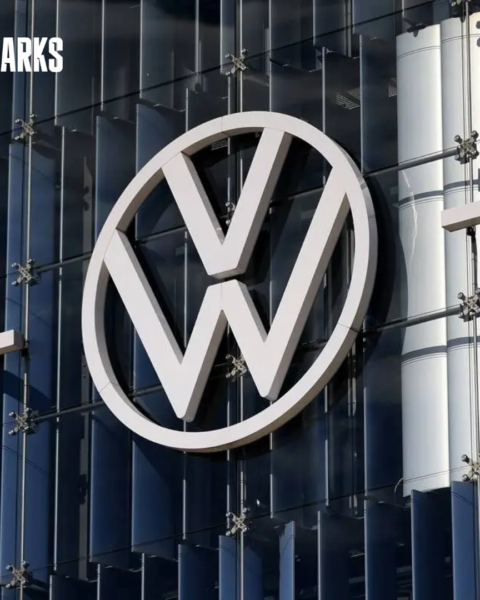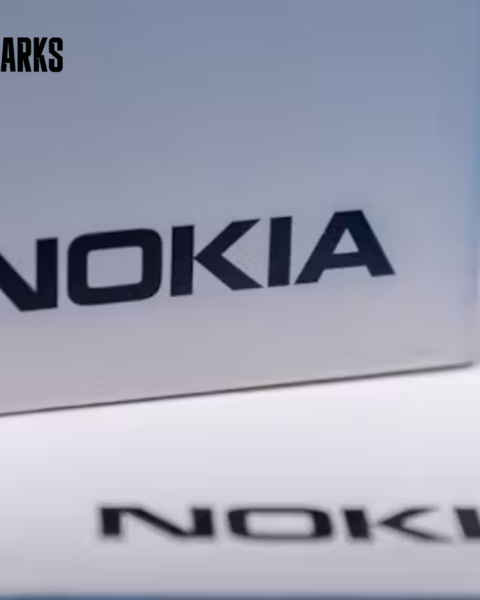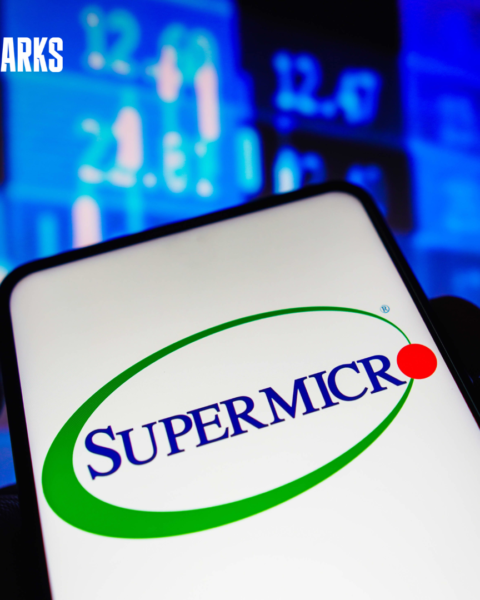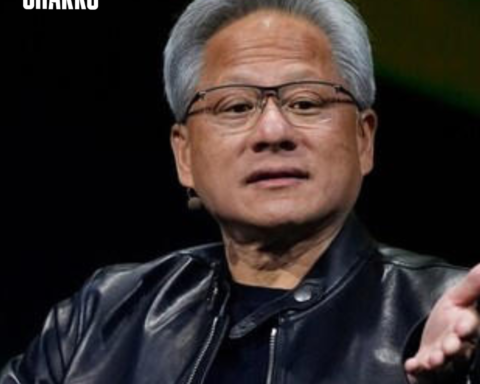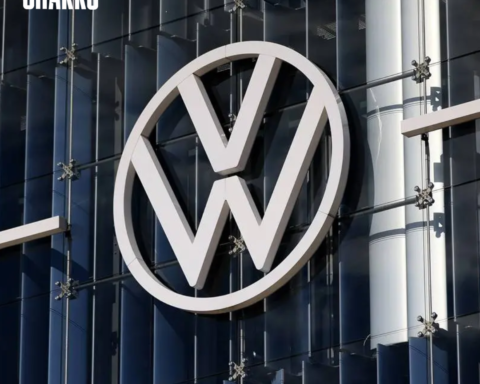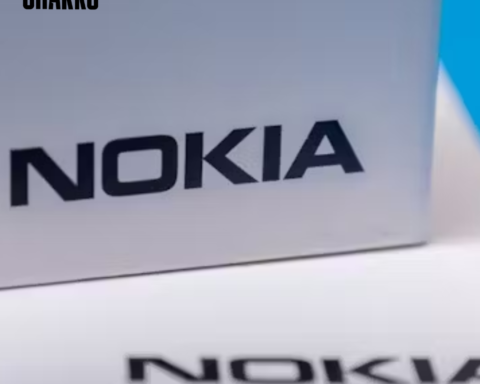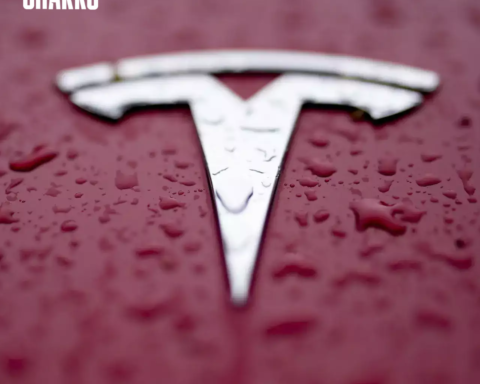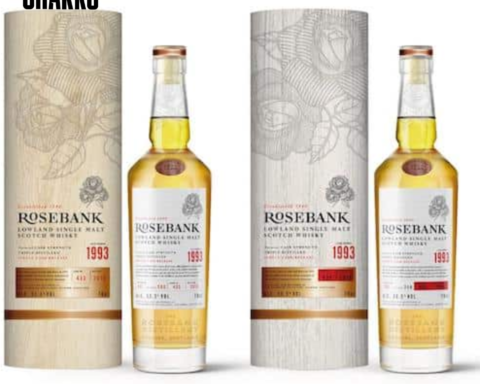US retail sales show a modest increase in May
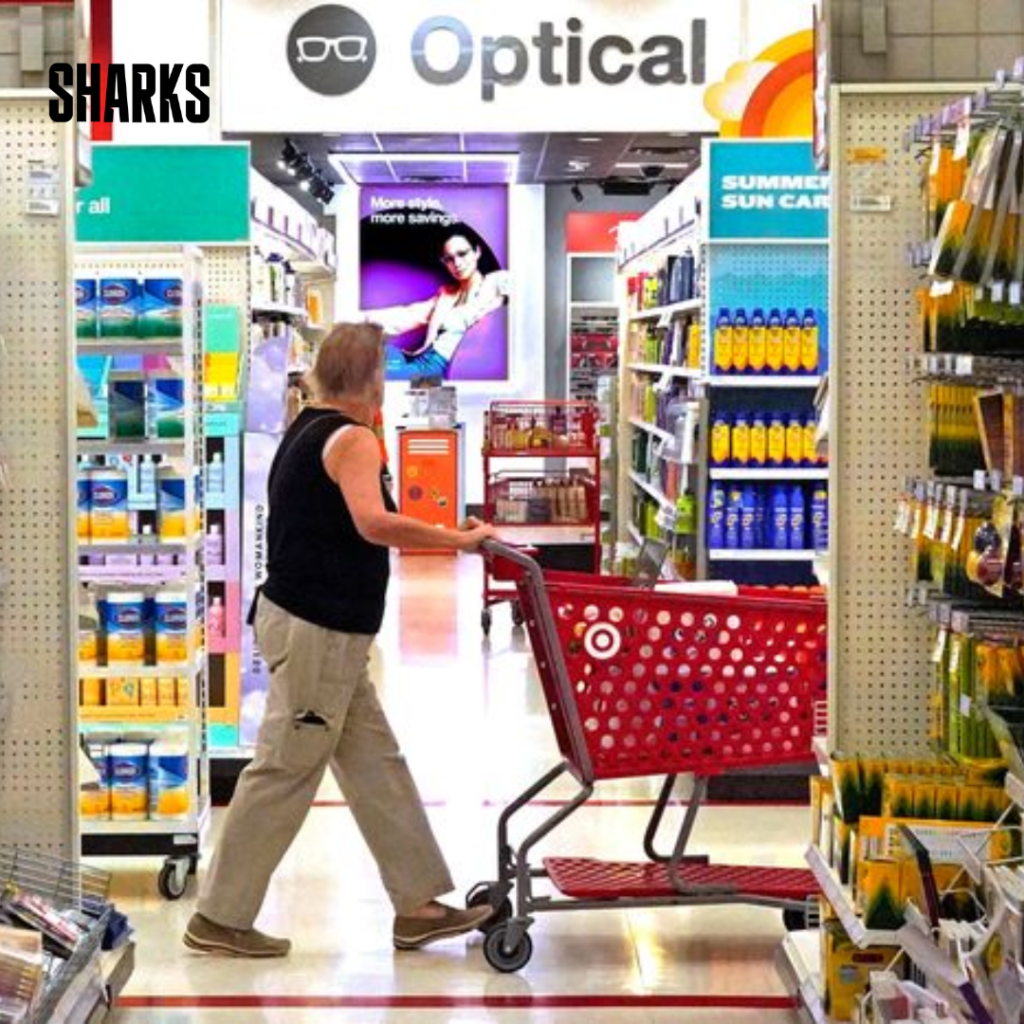
US retail sales rose less than predicted in May as lower gasoline prices weighed on receipts at service stations.
U.S. retail sales saw a slight increase of 0.1% in May, as reported by the Commerce Department‘s Census Bureau. This follows a revised 0.2% drop in April, previously reported as unchanged.
The May increase fell short of economists’ expectations, who had predicted a 0.3% rise according to a Reuters poll.
Impact of Lower Gasoline Prices
One of the primary factors influencing the modest growth in retail sales was the decline in gasoline prices, which negatively impacted receipts at service stations. This contributed to the lower-than-expected increase in overall retail sales for the month.
Trends in Consumer Spending
Despite the modest gain, the trend in sales growth has been decelerating. Higher prices and interest rates are causing households to focus more on essential items, reducing discretionary spending.
Also read: PANERAI INTRODUCES THE SUBMERSIBLE ELUX LAB-ID PAM01800
Banks are also tightening credit access, making it harder for lower-income borrowers to keep up with loan payments. Although the labor market remains stable, finding new employment is becoming more challenging for those who lose their jobs, and wage growth is moderating.
Economic Context
Savings have also decreased, yet the spending pace remains adequate to support economic expansion. The Federal Reserve has maintained its benchmark overnight interest rate in the 5.25%-5.50% range since last July.
The central bank has delayed the anticipated start of rate cuts to potentially as late as December, projecting only a single quarter-percentage-point reduction this year. However, it has kept its GDP growth estimates stable.
Core Retail Sales
Excluding automobiles, gasoline, building materials, and food services, core retail sales rose 0.4% in May following a downwardly revised 0.5% drop in April. Core retail sales, which are closely aligned with the consumer spending component of GDP, had previously been reported to have declined by 0.3% in April.
Consumer Spending and GDP Growth
Consumer spending grew at a 2.0% annualized rate in the first quarter, contributing to a restrained economic growth rate of 1.3%. Estimates for second-quarter growth are more optimistic, with projections as high as a 3.1% rate.
Conclusion
The modest increase in retail sales highlights the ongoing challenges faced by consumers and the economy amid higher prices and interest rates.
While spending remains sufficient to sustain economic growth, the slowdown in sales growth underscores the cautious behavior of consumers prioritizing essential expenditures.
Share This
Tony Boyce is a seasoned journalist and editor at Sharks Magazine, where his expertise in business and startups journalism shines through his compelling storytelling and in-depth analysis. With 12 years of experience navigating the intricate world of entrepreneurship and business news, Tony has become a trusted voice for readers seeking insights into the latest trends, strategies, and success stories.

